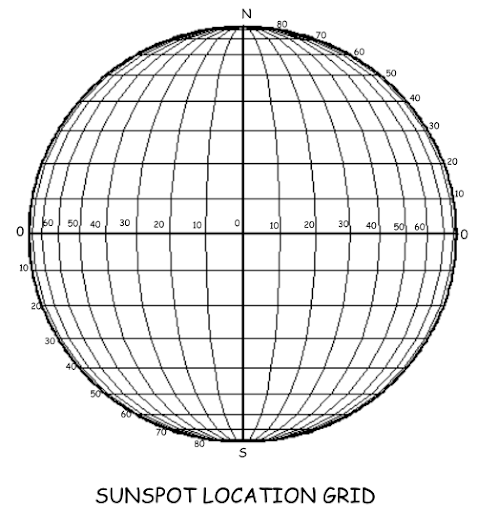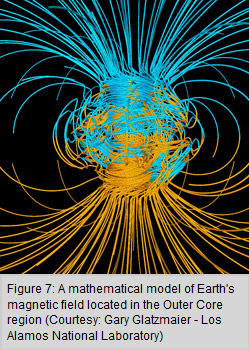Solar Magnetic Field at the Sunspots
| Subject: | ⚗️ Science |
| Type: | Exploratory Essay |
| Pages: | 4 |
| Word count: | 1170 |
| Topics: | Astronomy, Physics |

Need a custom
essay ASAP?
essay ASAP?
We’ll write your essay from scratch and per instructions: even better than this sample, 100% unique, and yours only.
Get essay on this topic
Sources
- Elliott, D. (2012). Earth science (1st e.d.). Ipswich, Mass.: Salem Press.
- Publishing, S. (2013). Earth Science (1st e.d.). Irvine: Saddleback Publishing.
- Schrijver, C., & Zwaan, C. (2008). Solar and stellar magnetic activity (1st e.d.). Cambridge, U.K.: Cambridge University Press.
- Stenflo, J. (2011). Solar magnetic fields (1st e.d.). Dordrecht: Springer.
- Whittaker, H. (2010). Space science (1st e.d.). South Yarra, Vic.: Macmillan Education Australia.
Related Samples
Subject:
💭 Psychology
Pages/words: 3 pages/825 words
Subject:
🏥 Health Care
Pages/words: 9 pages/2301 words
Subject:
⚗️ Science
Pages/words: 19 pages/5452 words
Subject:
🧓🏼 Personal Experience
Pages/words: 8 pages/2005 words
Subject:
📡 Media
Pages/words: 30 pages/7614 words
Subject:
⛩️ Culture
Pages/words: 10 pages/2630 words
Subject:
🗳️ Politics
Pages/words: 2 pages/648 words
Subject:
🌷 Environment
Pages/words: 8 pages/2248 words
Subject:
👩🏼🤝👩🏽 Gender Studies
Pages/words: 4 pages/1003 words
Subject:
⛩️ Culture
Pages/words: 2 pages/725 words

Boost your grades with a new guide on A+ writing
Time to excel in writing!
The download will start within seconds.
Download Sample
This essay is publicly available.
Offered for reference purposes only.
Offered for reference purposes only.
By clicking Get this sample, you agree to our Terms & conditions & Privacy policy
Thank you!
The download will start shortly.







